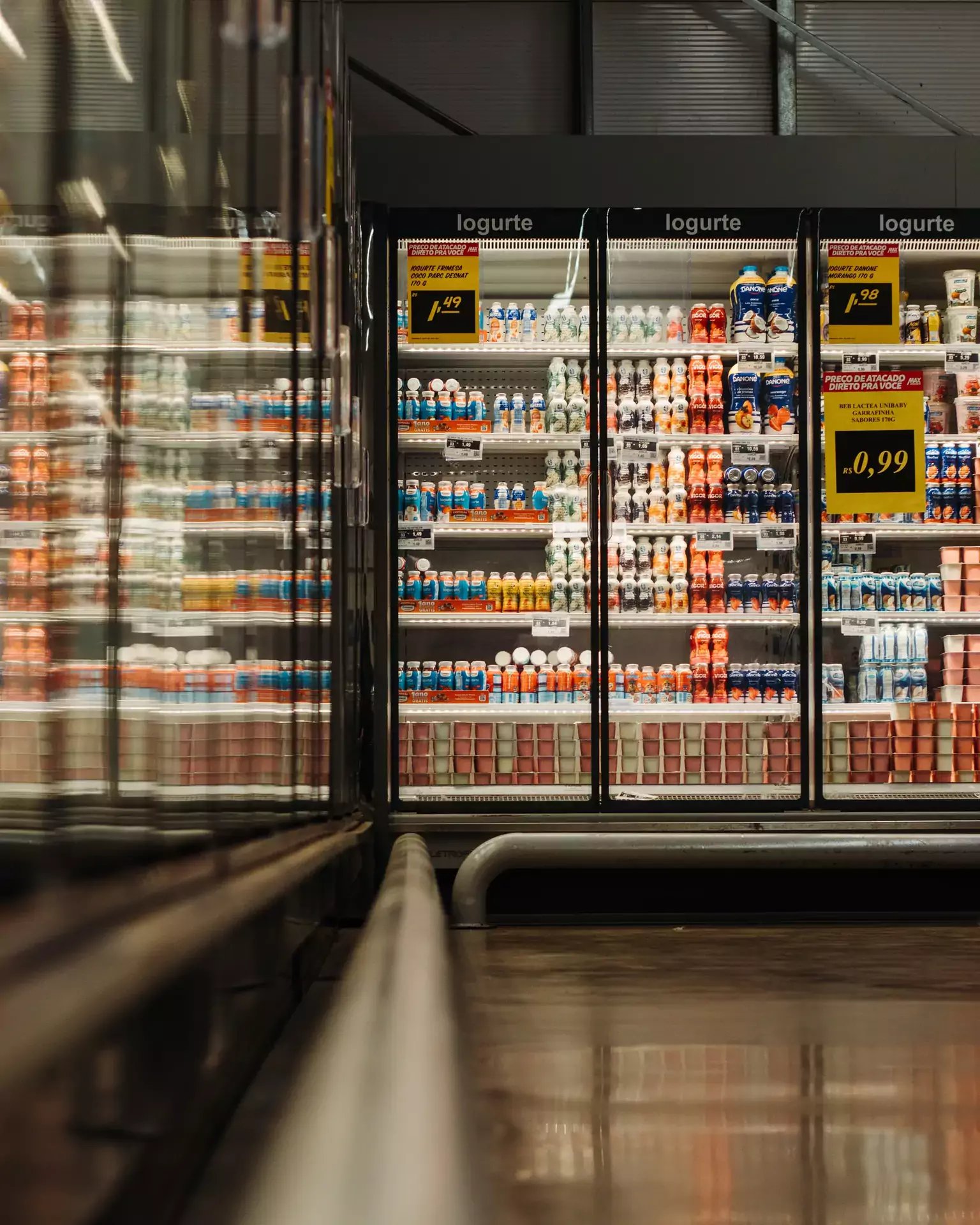The use of technology has completely transformed the operational success of the foodservice industry. Applying tech platforms and tools to automate various aspects of convenience store operations has more than doubled since 2020. Zenput's newly released 2021 Convenience Store Operations Report found that 57% of operators (operations and district/regional managers, operations leaders, IT administrators, c-level executives, and owners) are using technology this year, compared to just 27% in 2020.
As an extension of our research report, in this post we’ll outline the increased adoption of technology in convenience store operations, and provide 6 reasons why digitizing operations gives c-store operators a strategic advantage.
The majority of surveyed operators indicated that they have deployed software and mobile apps for tasks such as inventory (72%), opening/midday checklists (58%), and makeline/temperature checks (57%). With an ever-increasing number of operators recognizing the importance and major benefits of embracing tech, 2021 is shaping up to be a significant year for foodservice operational success.
Digital tools are easy to integrate and user-friendly. Rolling out digital platforms offers significant benefits. Tech tools and platforms collate data from all sources, including audits, assessments, checklists, and completed training, so you can track critical information from all locations, providing a real-time accurate view on compliance across your enterprise. When you go digital, you can more easily solve the challenges presented by paper processes.
The Role of Tech in Internal C-Store Audits
Given the time investment to complete in-store audits and their importance, the majority of c-store operators (81%) now use software and mobile apps to conduct internal audits in their stores. However, 39% of operators still use pen and paper, while 36% use email to perform audits, either internally or via a third party, excluding health inspections.
The overlap in the use of multiple tools suggests two key takeaways:
- When it comes to digitizing operations, in-store audits may be one of the first use cases that operators prioritize.
- Even with the adoption of software and mobile apps to complete internal audits, many operators have yet to fully transition from older methods.

Get real-time visibility into task completion rates and performance across every location with automated follow-up tasks and resolution monitoring.
42% of c-stores perform internal store audits on a monthly basis. This explains why auditing processes are the primary area where digital solutions, generally, are first deployed when operators embark on their digital journey. Companies then incorporate it into secondary operational divisions. Audits, thus, are essential to maintaining and enhancing brand standards. Zenput allows audits to be conducted and processed in real-time with tools to action problem resolutions immediately.
Pitfalls of Pen and Paper Management
Manual processes, however, stubbornly persist, with the study finding that about 40% of c-store operators still use paper checklists to track these same tasks, suggesting that many aren’t quite ready yet for the digital transformation.
Using manual paper processes can be risky, whether you’re managing quality, safety, and compliance systems for one or multiple store locations. Pen and paper management systems fall short when it comes to updating safety and compliance policies across all locations.

Hard copy records are easily misfiled and lost, as well as being time-consuming and error-prone. Paper methods are reactive in action rather than proactive. When you are constantly responding to issues as they happen it becomes difficult to be strategic about your operations. Adopting a more proactive approach will save you time, money, and ultimately, your business’ reputation.
Manual systems will never be able to provide you the visibility you need to gain critical insights for effective decision-making. With the correct digital quality management system in place, you have immediate visibility that helps you take instant corrective action.
The Advantages of Going Digital
- Reduced Business Expenses - Managers on average spend six hours per week going through paperwork to find information, mail documents, scan files, and search for incomplete records. When switching to digital, companies immediately experience notable material and labor cost savings.
On a mobile solution, many pain-staking paper trails are eliminated and management gains valuable time to focus on other important tasks. The recording and processing of data are significantly simplified, with efficient data capturing and easy retrieval in a matter of seconds.
- Improved Efficiency - Mobile technology enables automated alerts for unhygienic facilities, maintenance, or food safety issues. These matters can negatively impact a brand if not dealt with immediately.
With mobile food safety technology, convenience store operations information can be gathered and accessed at store and field-level. There is no longer an excuse for problems to take days or weeks to be resolved. Communication can now be automated and instantly relayed to the appropriate team, thereby enhancing operational success.
- Improved Customer Satisfaction - Being able to respond quickly to issues affects customer satisfaction. Customers notice cleaner facilities, better food offerings, and smoother business processes. As a result, customer complaints decrease, and customer loyalty and advocacy increase. These short-term gains translate into long-term success by improving brand standards, enhancing proficiency, and increasing accountability.
- Improved Brand Standards - With or without tech, brand standards exist within c-store chains. However, maintaining these standards is significantly improved when hundreds of locations have instant access to the same software. This makes it possible to maintain a consistent brand image while easily flagging inconsistencies.
- Enhanced Proficiency - Mobile technology provides instant and easily accessible analytics and trend analysis. This allows managers to identify signs of a struggling store. They can then attend to problems before the store and company’s performance is affected. Identifying issues before they become full-blown crises saves time, money, and labor costs.
- Increased Accountability - Mobile technology allows managers to assign, track, and analyze critical in-store and field tasks. Ensuring employees complete tasks on time and to standard is possible through geolocation, timestamps, and photo-capturing features.

The report further indicates that among those operators who are not currently utilizing technology to complete operational tasks and audits, the majority expect to invest in tech in these areas over the coming 12 months.
Contrary to prevailing perceptions percolating among skeptical operators, implementing tech tools and platforms (especially mobile) need not be a complicated process. Identifying and analyzing the benefits of tech for c-store entities, Zenput has successfully rolled an entire office of paper trails into one simple application, serving up the critical technologies crucial for more streamlined operations. Partnering with Zenput allows for a smooth transition from paper to tech, easing the anxieties of those operators still unsure of how to fully embrace the boundless benefits technology has to offer.
Get exclusive insight into the major pain points, trends, and opportunities for the convenience store operations industry, as well as how operators are prioritizing initiatives to drive growth in 2021 by downloading the report now.
Subscribe to our blog
You are now subscribed!


